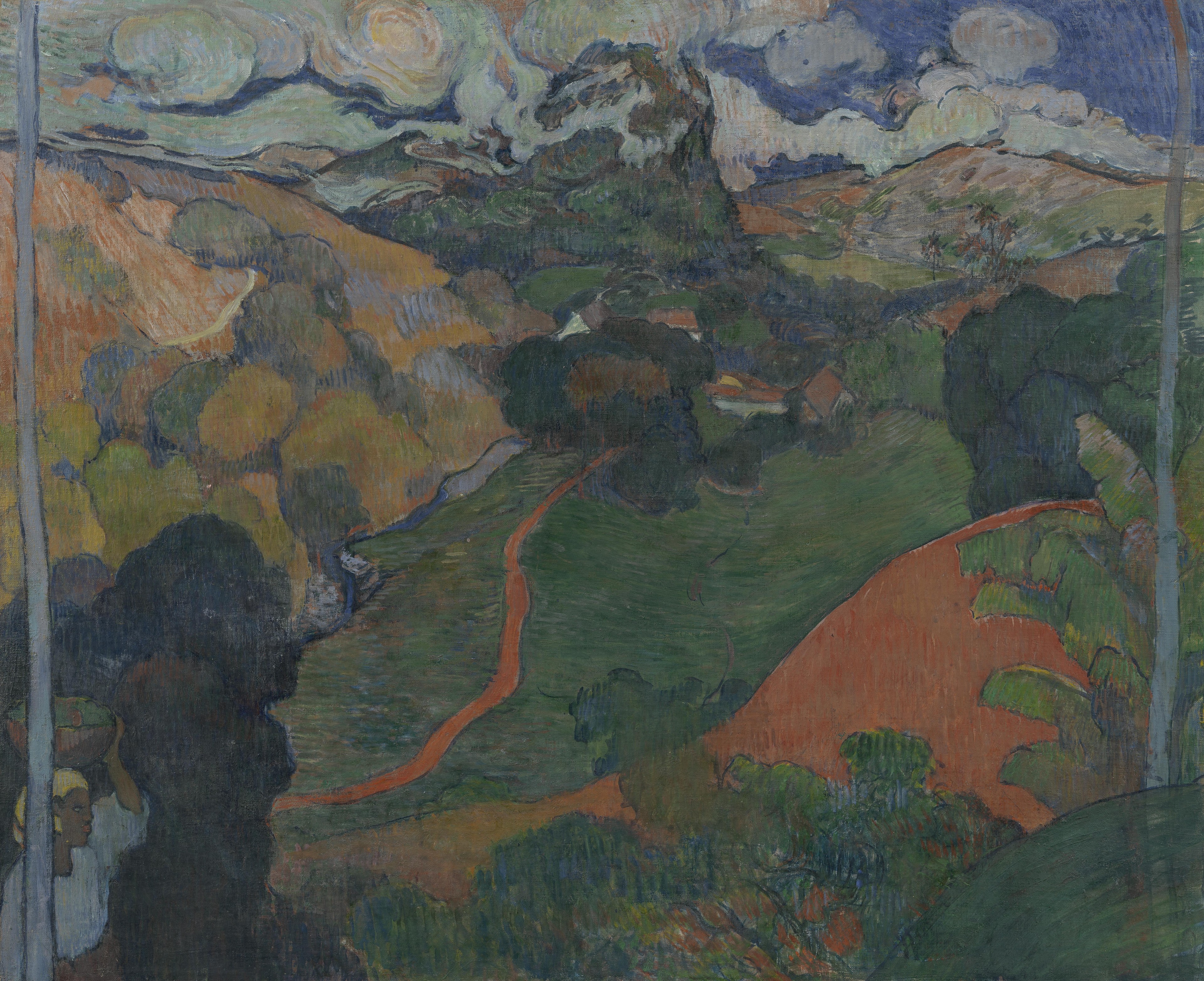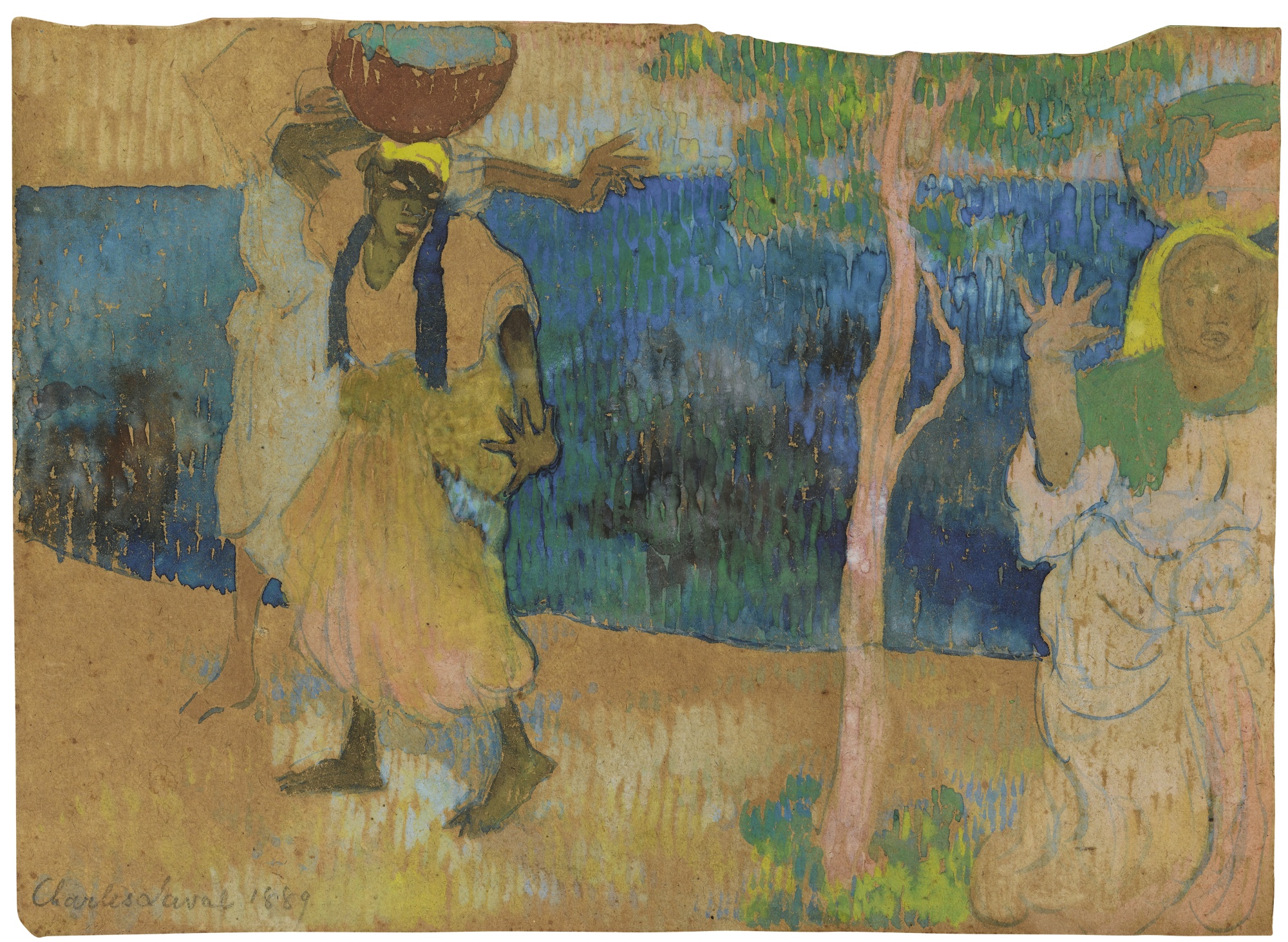This work is on display in the exhibition Gauguin & Laval in Martinique, from 5 October 2018 to 13 January 2019 at the Van Gogh Museum in Amsterdam.
Discontent with what they considered to be the decadent Parisian way of life, Paul Gauguin (1848–1903) and Charles Laval (1861–1894) travelled to the French island of Martinique. In the short time that they stayed on the exotic Caribbean island, they created a series of exquisite artworks. The trip had a huge impact on their further artistic development.
Gauguin & Laval in Martinique features a wide selection of the warm, colorful paintings created by Gauguin and Laval on the island, together with their preparatory studies and large, elaborate pastels. This is the first time that so many works from their Martinican period are being displayed together.
It is often assumed that Charles Laval was a follower of Paul Gauguin, but research conducted for this exhibition revealed that Laval developed a style completely of his own in Martinique, as did Gauguin.
The two artists became acquainted in the French artists’ village of Pont-Aven in the summer of 1886. Early in the spring of 1887, Gauguin and Laval decided to travel to the Caribbean. Laval wrote to a fellow artist about the realization of a long-cherished and much-discussed dream, speaking of a place “without a care for today or tomorrow.”
After a long trip by steamboat, they arrived in Martinique. The sight of the luscious green island promised a wealth of new inspiration. Laval often headed inland, in search of imposing views and landscapes. In this work, he has painted the steep peaks of the Carbet Mountains.


 Charles Laval
Charles Laval